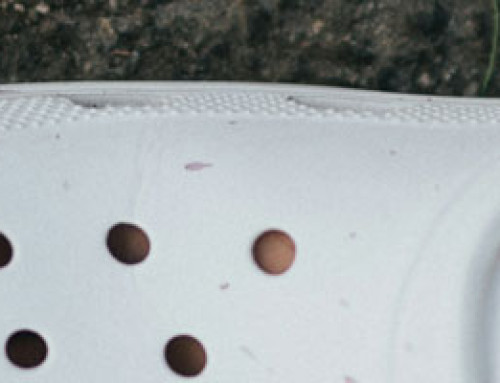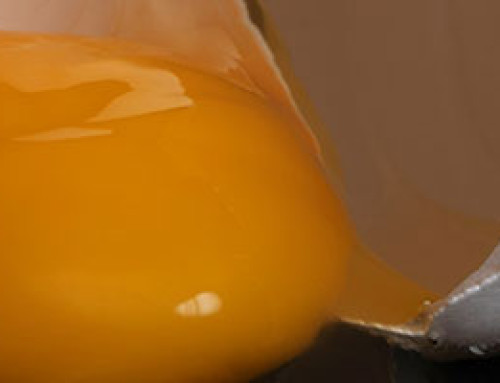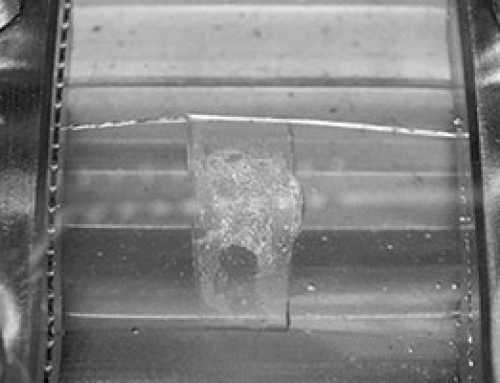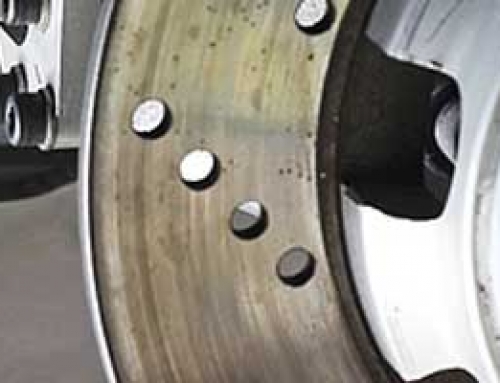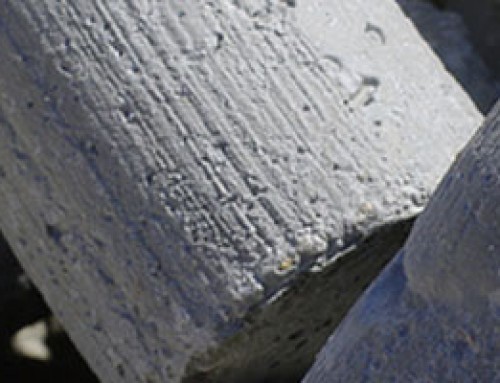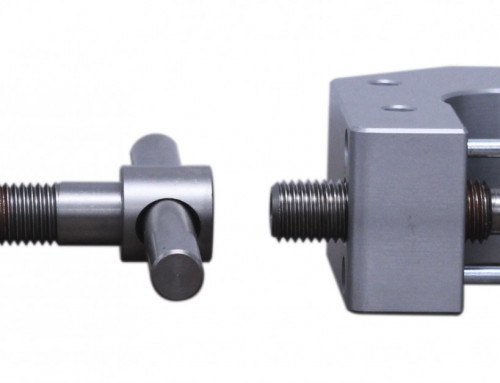Fishermen may enjoy being outdoors on a pristine lake or near the sea, whether on a boat or on a green bank. However, in order to have a successful day out on the water, fishermen need to have quality equipment. Fly reels, for instance, need to have enough strength and drag to stop large game.
Manufacturers have used stronger materials to create cutting-edge design. While there has been much information available on fly fishing equipment, the differences between various reels has not been given enough attention.
This is why Ben Freeman from Trident Fly Fishing decided to test 17 fly reels from 10 different manufacturers to determine which ones had the highest drag and yet were smooth enough to cast in the midst of lighter fish. The organization was looking for a reel that could withstand environmental factors, such as saltwater use, and was long lasting.
Trident Fly Fishing partnered up with ADMET to test the drag of the material. We offered the company the use of our eXpert 2600 universal testing system. Through a customized reel mount, each reel was then attached to the base of the testing machine. The line was then attached to a hook, hanging from the load cell. After this, the machine was set in motion.
The crosshead was set to move at 40 inches per minute for a distance of 20 inches. The average force was calculated between five inches and 10 inches of line using ADMET’s MTESTQuattro testing software.
The chart showed the load versus position of the reel’s drag. Initially, a sharp rise in force is shown but then the drag levels out. Force at different positions shows the qualities and characteristics of each particular fly reel. Hatch Finatic 7-Plus was the winner for drag strength while the Redington Delta and Redington Rise came in toward the end.
Trident Fly Fishing also determined that there was a major difference between the arbor size of various reels. The arbor size refers to the diameter length or “donut hole.” This can significantly affect how quickly someone can reel in a fish. Larger arbor sizes mean that fewer turns are necessary for bringing in the fish.
The Tibor Everglades were found to have the smallest diameter size at 1.58 inches while the Ross F1 Fly Reel was the clear winner with an arbor size of 9.79 inches. Next, the organization tested line pickup and received similar results.
The reels that were found to have appropriate narrow spool widths were Hardy Fortuna, Tibor Everglades, Tibor Signature, and Abel Super 8. As for spool volume, the clear winners were Sage 8080 and Hatch 7-Plus.
As fishermen often spend all day at the lake, the weight of their reel is also important. The heaviest reels were determined to be 9 ounces. The lightest fly fishing reel was found to be Lamson Vanquish 7.8LT.
Some other qualities that were tested include price depending on characteristics, sealed drag, drag sounds, warranty, drag strength, look/feel of the product, and the start-up inertia. The overall winner of most qualities tested was the Hatch Finatic 7-Plus reel.
With the help of ADMET materials testing machines, it is possible to conduct these type of tests and ensure that a quality product is being brought to market. Manufacturers can use the eXpert 2600 Dual Column Testing Machine to determine the mechanical properties that are most important to them. For further information on this machine, please contact ADMET’s Account Director for the Sporting Goods Sector Andrew DeWolfe at (781)769-0850 ext. 29.


